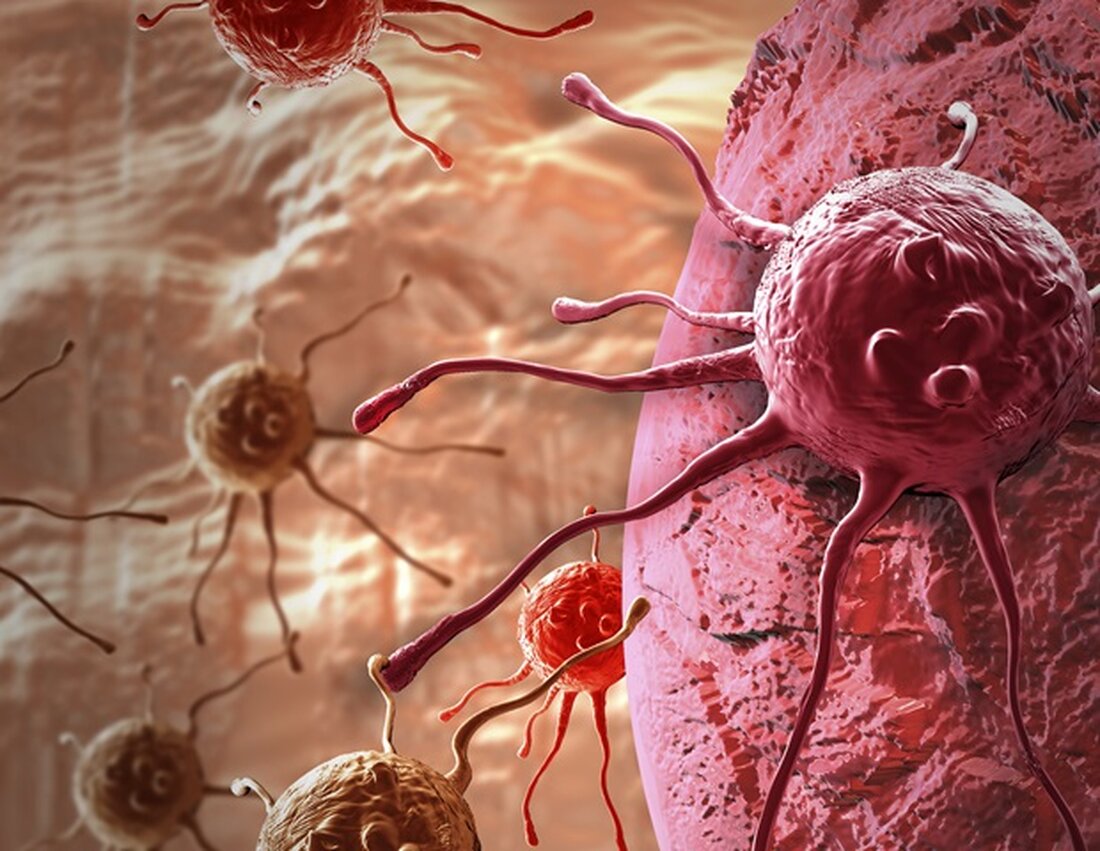Researchers discover potential therapeutic target for deadly brain tumors
Researchers at VCU Massey Cancer Center discovered a cell partnership that drives the growth of deadly brain tumors and could potentially serve as a new target for treating the disease. Gliomas are all types of cancer that arise in the glial cells of the nervous system and account for almost a third of all brain tumors. The most aggressive type of glioma is called glioblastoma (GBM), which affects the brain and is virtually incurable. A new study –; published this week in Science Advances -; discovered a previously unknown genetic process that could influence the development of novel treatments for GBM. It has already been shown that the epidermal growth factor receptor (EGFR) signaling pathway is present in most GBMs...

Researchers discover potential therapeutic target for deadly brain tumors
Researchers at VCU Massey Cancer Center discovered a cell partnership that drives the growth of deadly brain tumors and could potentially serve as a new target for treating the disease.
Gliomas are all types of cancer that arise in the glial cells of the nervous system and account for almost a third of all brain tumors. The most aggressive type of glioma is called glioblastoma (GBM), which affects the brain and is virtually incurable.
A new study –; published this week in Science Advances -; discovered a previously unknown genetic process that could influence the development of novel treatments for GBM.
The epidermal growth factor receptor (EGFR) signaling pathway has previously been shown to be highly active in most GBMs. Signaling pathways resemble a cellular chain of command through which a series of proteins are activated in a specific order to stimulate a specific cellular function. Irregular activation of certain signaling pathways can often lead to the development of diseases, including cancer.
Dysregulated EGFR signaling is associated with worse outcomes and increased resistance to conventional therapies in GBM patients; Therefore, targeting EGFR has been considered a promising therapeutic strategy. However, the underlying cellular processes by which EGFR contributes to tumor growth are largely unknown.”
Suyun Huang, MD, Ph.D., study author, Paul M. Corman, MD, chair of cancer research and member of the Cancer Biology Research Program at Massey
Previous research suggests that the EGFR signaling pathway hinders a natural process by which cells stop dividing, called senescence, a mechanism that is critical for inhibiting the growth and spread of cancer cells. Blocking the function of the EGFR signaling pathway promotes senescence and helps prevent tumor growth.
Through this new study, Huang and her research team showed that a specific protein called ubiquitin-specific protease 16 (USP16) regulates senescence and moderates the growth of glioma cells. They also identified a separate strand of long, non-coding RNA -; Molecules that control gene activity –; called lncEPAT, which is activated by EGFR and is highly functional in GBM. Huang's results suggest that lncEPAT acts as a genetic moderator that allows EGFR to escape the antitumor role of USP16 and drive cancer progression.
In preclinical models, Huang found that knockdown of lncEPAT increased USP16 activity and suppressed GBM cell growth.
“We have convincing evidence that the cancer-driving function of lncEPAT in GBM depends on inactivation of the USP16 protein,” said Huang, a professor in the Department of Human and Molecular Genetics at the VCU School of Medicine. “EGFR-induced overexpressed lncEPAT offers a promising new target for senescence treatment in GBM.”
Source:
Virginia Commonwealth University
Reference:
Li, L., et al. (2022) Crucial role of lncEPAT in coupling dysregulated EGFR signaling and histone H2A deubiquitination during glioblastoma tumorigenesis. Scientific advances. doi.org/10.1126/sciadv.abn2571.
.

 Suche
Suche
 Mein Konto
Mein Konto
